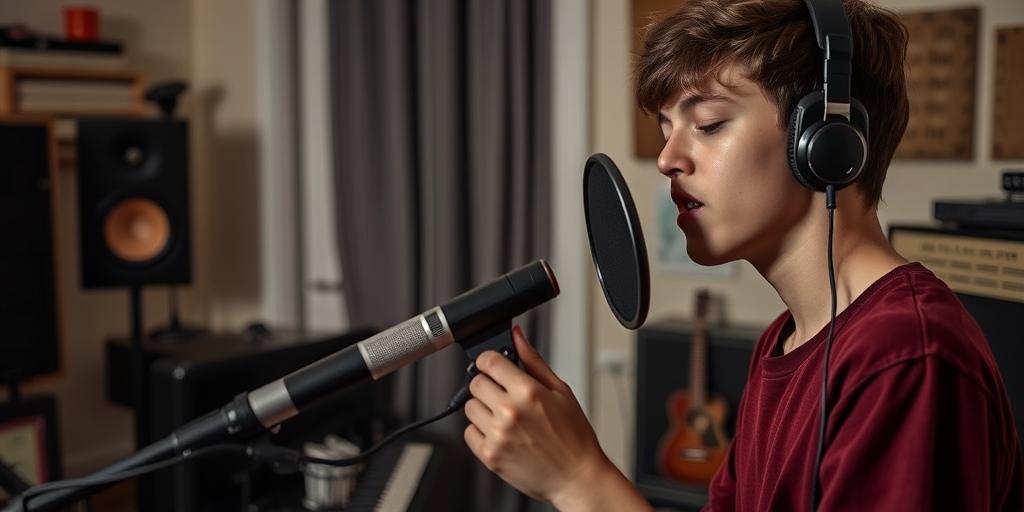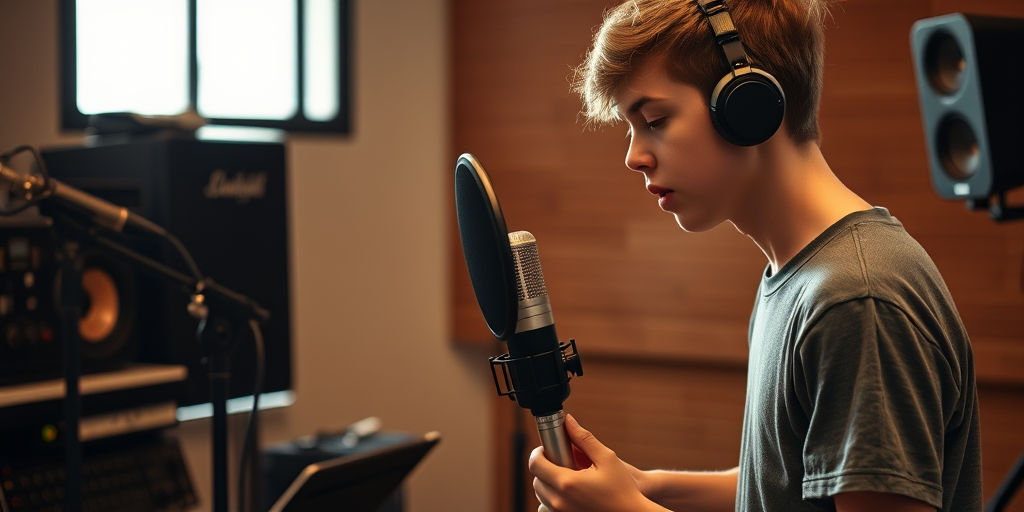Have you ever wondered why even flawless notes can fall flat without the perfect beat? We’ve all felt that disconnect in live performance, and refining our vocal timing and rhythm changes everything. In this post, we explore foundational techniques—from internal pulse drills to precise beat counting—that empower us to deliver more expressive and engaging performances. Backed by decades of vocal training, our insights reveal how a steady, deliberate rhythm elevates your stage presence, connecting heart and technique to captivate any audience.
Practical Beat Consistency Drills for Improving Vocal Timing and Rhythm
Many singers often struggle to stay precisely on beat during performances, sometimes speeding up or lagging behind as they try to match live accompaniment. Inconsistent timing can disrupt the cohesion of a performance, making it vital for us to develop a strong and stable internal pulse. Using a metronome allows us to practice with a steady tempo, ensuring that our rhythm remains constant even as we work at various speeds. By engaging in slow, deliberate practice, we can gradually internalize the beat and strengthen our measure counting skills.
- Clapping along to a metronome
- Tapping your foot in 4/4 time
- Vocalizing nonsensical syllables with the beat
- Recording your practice sessions for self-review
- Gradually increasing speed to challenge internal pulse stability
Integrating these drills into our daily routine builds resilience against common performance challenges. We start by focusing on the simplicity of counting measures while looking to practice with exercises like clapping and tapping. For example, using a popular beat as heard in Queen’s “We Will Rock You” reinforces a natural pulse that we can internalize over time. Recording our practice sessions is crucial, as it enables us to pinpoint discrepancies between our internal timing and the external reference, leading to focused improvements.
Regular incorporation of these exercises into our practice not only builds measure counting skills and tempo regulation but also aligns our internal beat with ensemble performance needs. By committing to these deliberate drills, we raise our stage presence through improved rhythmic consistency.
Improving Vocal Timing and Rhythm Elevates Your Stage

Developing an acute internal pulse is vital for achieving precision in solo and ensemble performances. It allows us to internalize subtle variations within each measure, including micro-intervals, which ultimately enhance our vocal expression and stage presence.
Q: What does internal pulse mastery mean?
A: Internal pulse mastery means synchronizing subtle beat subdivisions—such as “one and two and three and four”—to refine both timing and rhythmic precision.
This advanced control surpasses basic beat-counting and is essential for navigating complex musical passages. By employing techniques such as vocalizing with nonsensical syllables, we remove linguistic interference and focus purely on timing. We also integrate varying dynamics to explore expressive cadence strategies. Additionally, utilizing subtle body movements like head nods or shoulder taps reinforces our internal timing, turning every performance into a more connected and expressive experience on stage. Our approach transforms how we experience musical measures from a mere sequence of beats into a tapestry of finely tuned micro-intervals that elevate our performance.
- Practice gradually shifting tempos while vocalizing simple syllables
- Integrate head nods and shoulder taps to emphasize internal beat subdivisions
- Record sessions to identify and polish subtle timing discrepancies
- Consistently challenge yourself with complex rhythmic patterns to synchronize with instrumental beats
By following these steps, we gradually refine our internal pulse awareness, ensuring that each note we sing aligns seamlessly with the instrumental backdrop. This robust approach not only boosts technical precision but also imbues our performances with a dynamic, engaging quality that truly elevates our stage presence.
Final Words
In the action, we explored the foundations of precise vocal practices, emphasizing note accuracy, internal pulse, and effective timing.
We reviewed essential drills—from clapping with a metronome to mastering syncopation—with actionable steps for integrating physical movement into performance.
By practicing these techniques, we empower ourselves to progress steadily in improving vocal timing and rhythm. Embrace these strategies and continue refining your craft for greater musical expression and consistent performance.
FAQ
Q: How can I improve my vocal timing and rhythm?
A: Start with basic beat counting exercises, using a metronome set to 60-80 BPM. Practice counting “one, two, three, four” while clapping or tapping your foot to internalize the rhythm.
Q: Do you need to be born with good rhythm to sing well?
A: No, rhythm can be developed through consistent practice. Start with simple exercises like clapping to a metronome, recording yourself, and gradually increasing tempo as you become more comfortable.
Q: What’s the best way to practice with a metronome?
A: Begin at a slow tempo (60 BPM) and subdivide beats by counting “one-and-two-and-three-and-four.” Gradually increase speed only after mastering the current tempo.
Q: How can physical movement help improve singing rhythm?
A: Incorporate body movements like foot tapping, hand clapping, or head nodding while singing. These physical actions reinforce internal timing and help maintain consistent rhythm.
Q: What’s the proper breathing technique for maintaining rhythm?
A: Engage your diaphragm through deep breathing exercises. Focus on steady inhales and controlled exhales while maintaining the beat count to develop coordinated breath control.
Q: How do I stay in time when singing with others?
A: Practice with backing tracks and focus on the downbeat of each measure. Record group sessions to analyze timing and make adjustments in your next practice.
